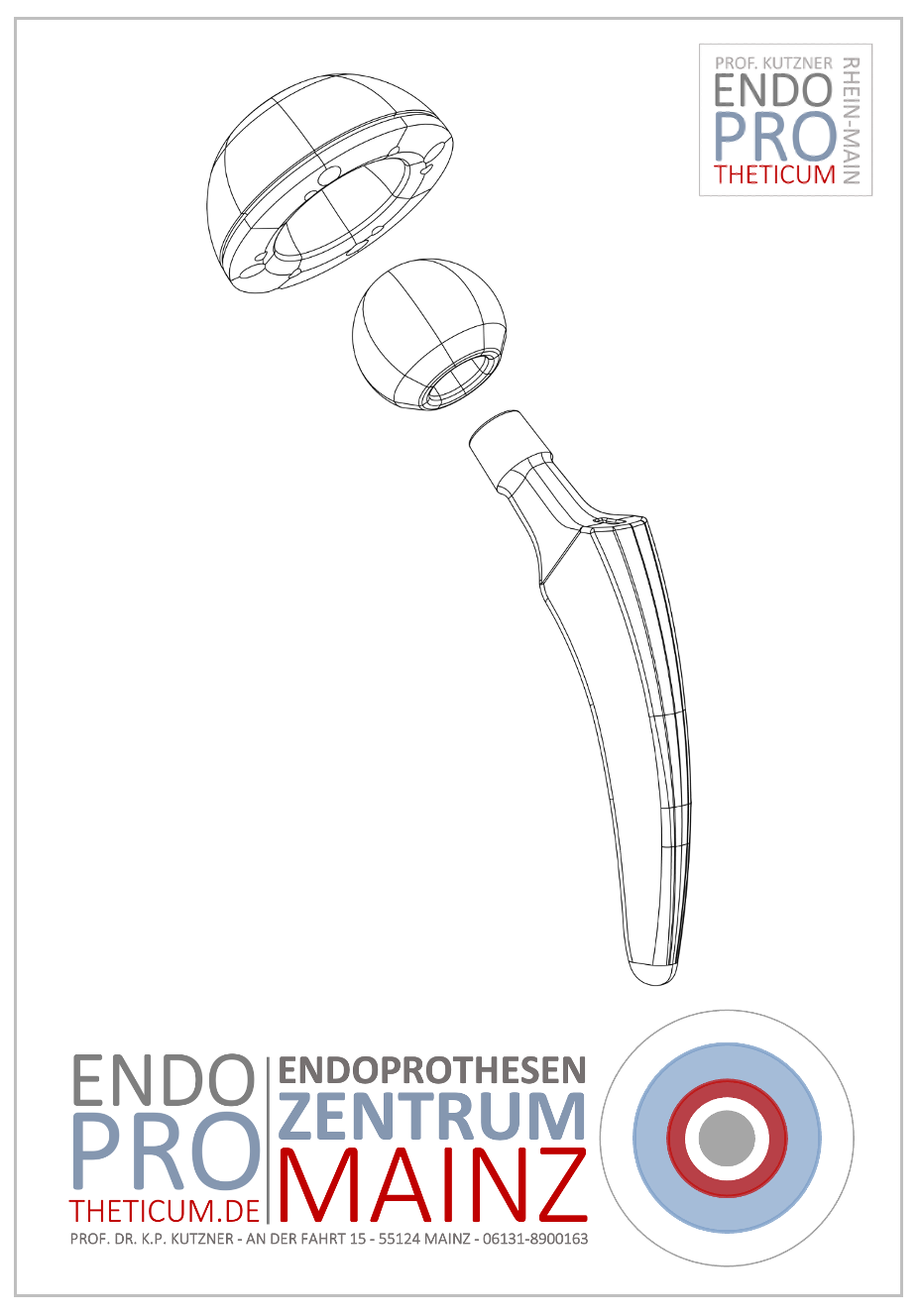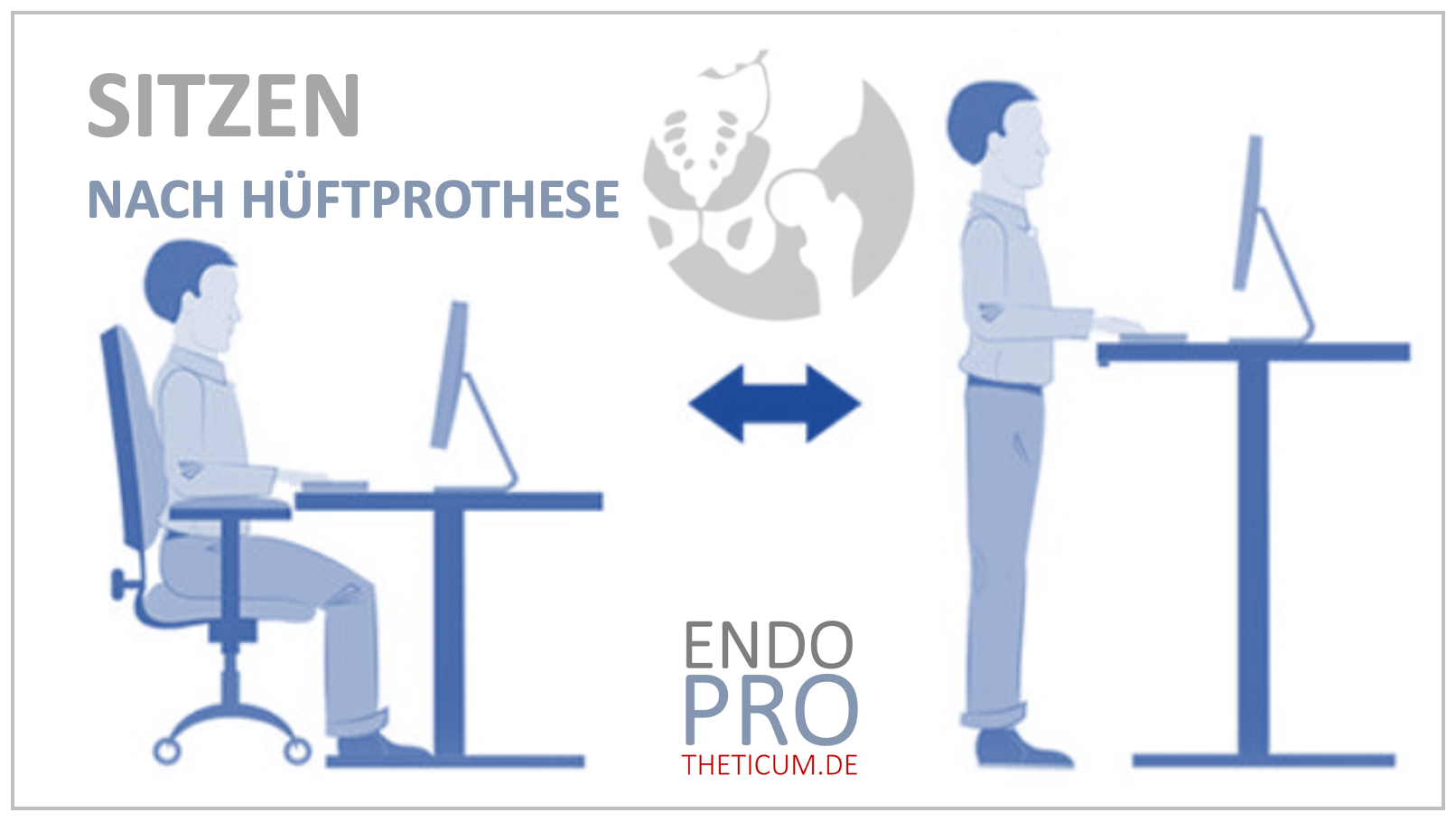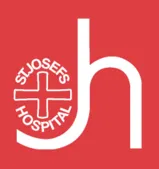Retroversion of the hip joint pan - often undetected reason for hip complaints
The cross-over sign in the X-ray image and the corresponding malposition (retroversion) of the hip is often overlooked!

Hip complaints are a common problem that can affect people of all ages. While known causes such as arthrosis, hip dysplasia or the femoroacetabular impingement (FAI) are often in the foreground, a specific anatomical variant often remains undetected: the retroversion of the hip joint pan. This malposition can lead to significant symptoms and increase the risk of degenerative changes in the hip joint. In this comprehensive article, we will examine the retroversion of the acetabulum in detail, discuss their anatomical peculiarities, clinical consequences, diagnostic features in the X-ray image-in particular the cross-over sign-as well as possible therapy options.
Anatomy of the hip joint
The hip joint is a central ball joint of the human body that connects the thigh bone (femur) with the pelvis (Pelvis). It enables a variety of movements and contributes significantly to stability and mobility.
Components of the hip joint:
- Femurkopf: The spherical upper part of the thigh bone that fits into the hip pan.
- Azetabulum: The hip pan in the pool that takes up the femoral head.
- Cartilage: a smooth layer that covers the articular surfaces and enables smooth movements.
- Labrum: A fiber -carted ring on the edge of the acetabulum, which increases the joint stability.
- Joint capsule and ligaments: They surround the joint and ensure additional stability.
The alignment of the acetabulum plays a crucial role in the function of the hip joint. Usually the hip pan is slightly tilted forward, a position that is referred to as an ante version. This tendency to advance enables optimal freedom of movement and prevents the femoral head and acetabulum from meeting early.
What is a retroversion of the hip socket?
The retroversion of the acetabulum is an anatomical variant in which the hip pan is not forward (antever), but is inclined to the rear. This rear tendency means that the front edge of the acetabulum becomes more prominent and the rear edge backs back.
Anatomical features of the retroversion:
- Change in the pan orientation: Instead of the normal ante version, the pan shows a retroversion, which means that it is inclined to the rear.
- Celebrities of the front panel edge: The front edge of the acetabulum continues forward, which leads to a reduced front roofing of the femoral head.
- Reduced rear roofing: The rear edge of the pan offers less cover for the femoral head, which can affect the stability of the joint.
This anatomical malposition can significantly influence the biomechanics of the hip joint and lead to various clinical problems.
Clinical consequences of the acetabulum retroversion
The retroversion of the hip socket can result in a number of clinical symptoms and long -term consequences.
1. Femoroacetabulary impingement (FAI):
One of the most common consequences of the acetabulum retroversion is the femoroacetabular impingement, in particular the pincer type. This leads to increased contact between the front edge of the pan and the femoral head or neck, which leads to a pinch.
Symptoms of the FAI:
- Pain in the groin: especially when moving such as lifting the leg or turning inside.
- Restricted mobility: difficulties in deep sitting, bending down or sporting activities.
- Snacking noises: a "snap" or tangible "snap" in the hip joint with certain movements.
In the long term, an untreated FAI can lead to cartilage damage and labrum lesions, which increases the risk of developing coxarthrosis.
2. Increased risk of coxarthrosis:
Due to the changed biomechanics and the increased strain on certain joint areas, the risk of degenerative changes in the hip joint increases. The continuous cartilage abrasion can lead to the development of coxarthrosis, which is associated with chronic pain and considerable movement restrictions.
3. Hip dysplasia:
In some cases, the retroversion of the azetabulum can go hand in hand with a hip dysplasia, a malformation in which the hip pan does not adequately covered the femoral head. This leads to an instability of the joint and also increases the arthrosis risk.
Diagnostics of the acetabulum retroversion
The exact diagnosis of a retroversion of the hip joint pan is essential to initiate therapeutic measures and prevent coxarthrosis or a femoroacetabular impingement (FAI) Since the symptoms are often non -specific and can be confused with other hip diseases, a thorough clinical examination and the use of various imaging methods crucial.
1. Clinical examination
An experienced orthopedist or hip specialist will first check the mobility of the hip joint . Certain clinical tests can provide information on mechanical pinching through the prominent front panele.
Important clinical tests:
- Flexion interior rotation induction test (fadir test):
- The patient lies on the back, the leg is brought into flexion (flexion), internal rotation and addiction .
- In the case of pain in the groin, this speaks for a femoroacetabular impingement (pincer type) , which is favored by the retroversion.
- Revolved interior rotation with above -average external rotation of the hip: Due to the retro version of the pan of the hip joint, the leg rotation strikes the leg neck on the front pan rim, on the other hand there is usually no bony boundary and therefore very good mobility.
- Turnman sign:
- When bending the hip, the leg softened outwards.
- This can be an indication of a label injury or arthrosis development .
- Pain provocation tests:
- Targeted pressure on the bar or the buttocks can provide information on overload from the incorrect pan position.
2. X-ray examination-the cross-over sign as a key factor
The most important diagnostic aid to recognize acetabulum retroversion is the conventional X-ray image of the pelvis in anterior-posterior (AP) view . The so-called cross-over sign (COS) of central importance.
The cross-over sign (COS)-a clear indication of retroversion
- Usually the front and rear pan edge run in parallel without crossing.
- With a retro version , the front edge of the pan crosses the rear and thus appears further inside than this.
- This shows that the hip pan has tilted backwards and that the femoral head can be covered.
Other X -ray signs for a retro version:
- Posterior wall sign:
- Usually the rear wall of the hip pan medially of the femoral head.
- With a retroversion, this continues to shift laterally , which shows the lack of rear roofing.
- Ischial-Spine sign:
- The seat leg (Spina Ischiadica) is not shown in the normal X -ray image.
- If it is clearly visible, this speaks for an abnormal pan orientation .
3. Extended imaging: CT and MRI
Since the X-ray image only allows a two-dimensional representation computer tomography (CT) with 3D reconstruction may be required to analyze the pan position .
CT examination for determining the retroversion angle
- A CT-based angle measurement enables the precise calculation of the pan orientation.
- Normal values:
- Ante version : approx. 15 ° –20 °
- Retroversion: < 0°
MRI to assess accompanying damage
- Labrum lesions: The faulty pan position can be trapped or damaged.
- Cartilage damage: An excessive stress of certain joint areas can lead to early osteoarthritis (coxarthrosis) .
- Joint effusion: Liquid accumulation in the joint can indicate an inflammatory reaction.
Therapy options for acetabulum retroversion
Depending on the severity of the symptoms and existing accompanying damage, there are conservative and operational therapy approaches .
1. Conservative therapy - when can she help?
In early stages, physiotherapy treatment and targeted adaptation of the stress help reduce symptoms.
Important measures:
- Strengthening the hip muscles:
- Stabilization of the hip joint through targeted training of the abductors, bugs and buttocks muscles .
- Reduction of imaginative movements:
- Avoidance of deep flexion and interior rotation so as not to further burden the labrum.
- Weight reduction:
- Reduction of pressure on the hip joint can relieve symptoms.
- Pain management:
- Anti -inflammatory medication (NSAID) can reduce pain.
- Hyaluronic acid or PRP injections to improve joint lubrication.
2. Operative therapy - when is an operation necessary?
If conservative measures are not sufficient and there are already damage to the labrum or cartilage, surgical correction of the pan position may be required.
Arthroscopic therapy (minimally invasive method):
- With light retroversion, can with Labrum refixation and bone smoothing .
Periazetabular osteotomy (PaO):
- If the malposition serious , a PAO can help according to the hip pan in surgically in the correct position.
Total endoprosthesis (Hip-Tep):
- If the retroversion has already severe coxarthrosis , the replacement is the only option artificial hip joint
Conclusion: Why an early diagnosis is decisive in this hip misalignment
The retroversion of the hip socket is a frequently overlooked cause of chronic hip pain and can lead to early osteoarthritis (coxarthrosis) . Femoroacetabular Impingement (FAI) in particular is a common side effect of this anatomical malposition.
Important points summarized:
✔
Early diagnostics is essential! -The cross-over sign in the X-ray image is a crucial note.
✔ Take symptoms seriously! - Persistent groin pain should not be ignored.
✔ Conservative measures can help in early stages.
✔ Surgical interventions such as the periazetabular osteotomy (PAO) can support joint maintenance.
✔ With advanced osteoarthritis, a
hip prosthesis (hip-tep) be necessary.
If you suffer from unexplained hip pain , a visit to a specialized hip orthopedic surgeon be decisive in order to avoid long -term damage. Get advice from an endoprosthetic center with hip specialists !
MAKE AN APPOINTMENT?
You are welcome to make an appointment either by phone or online .



























